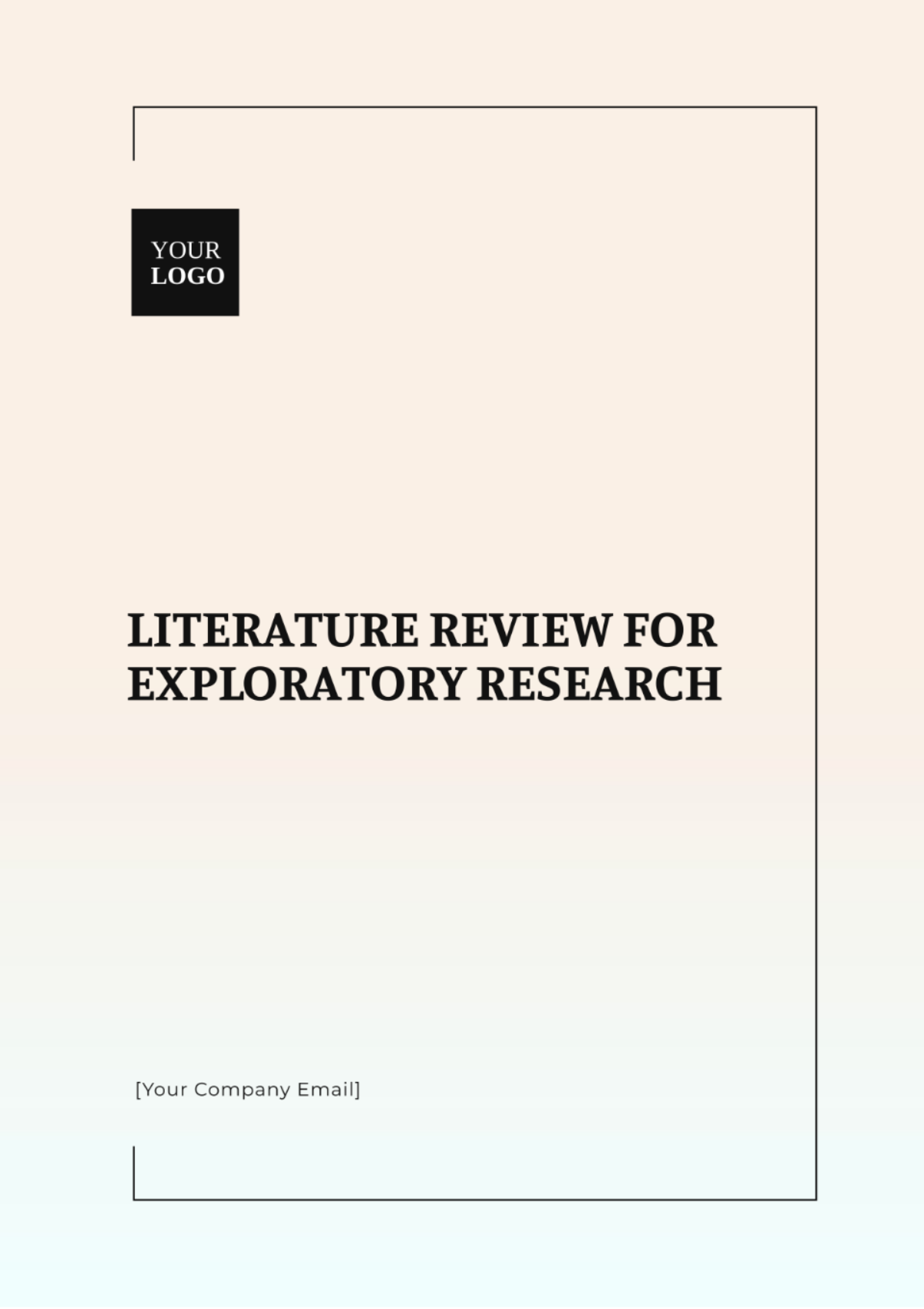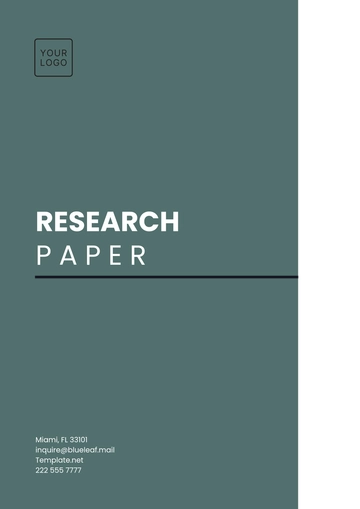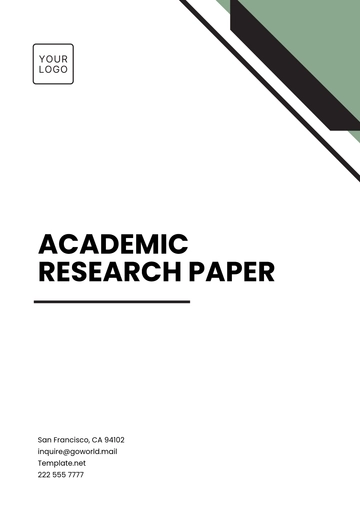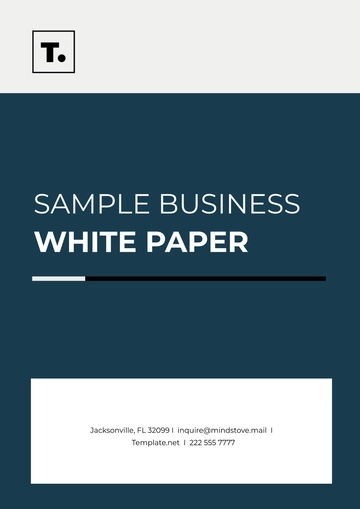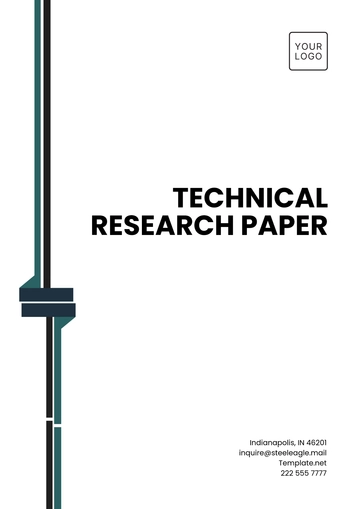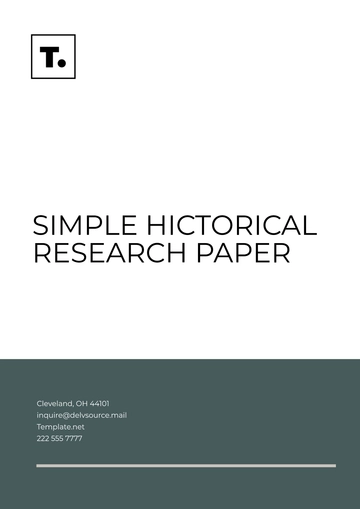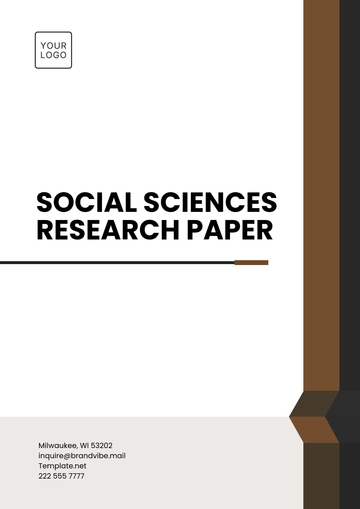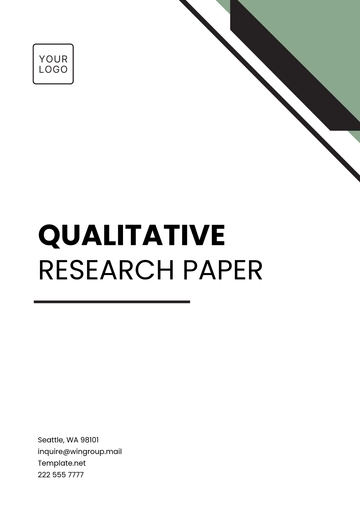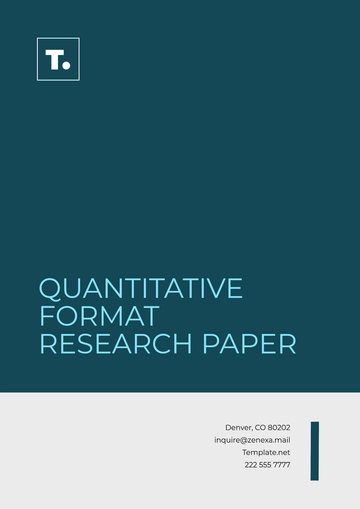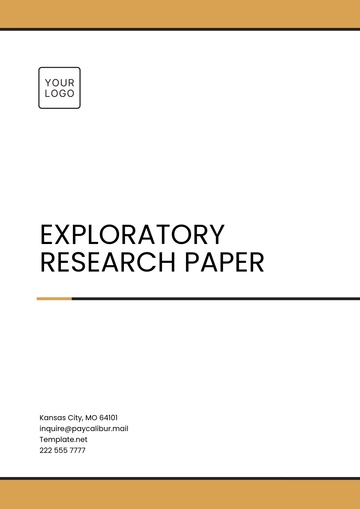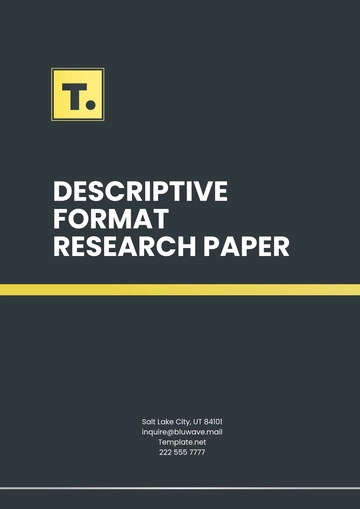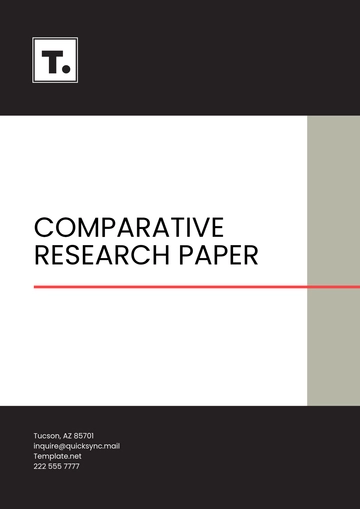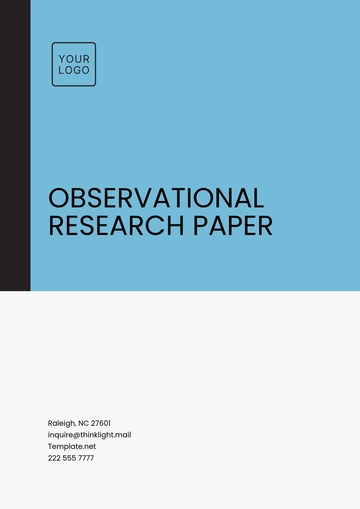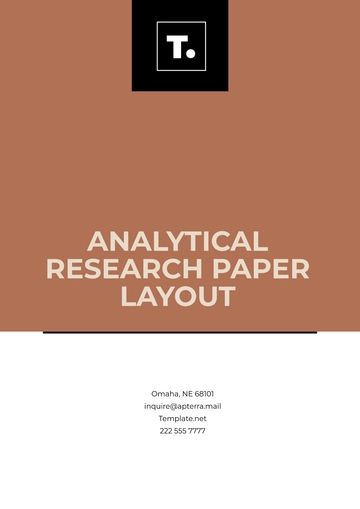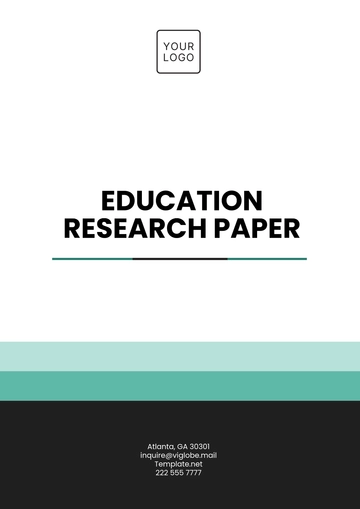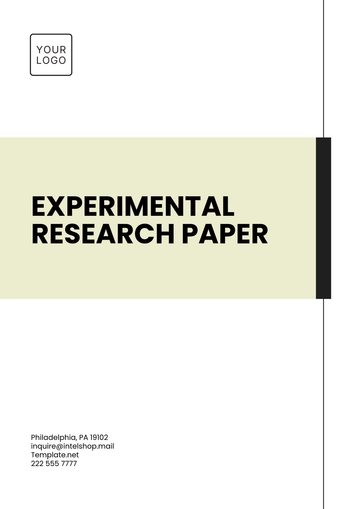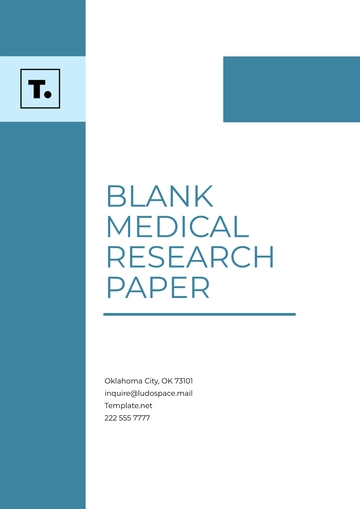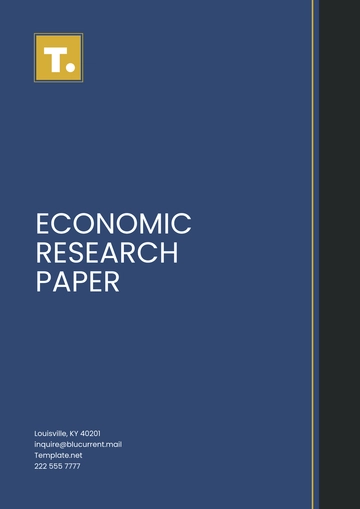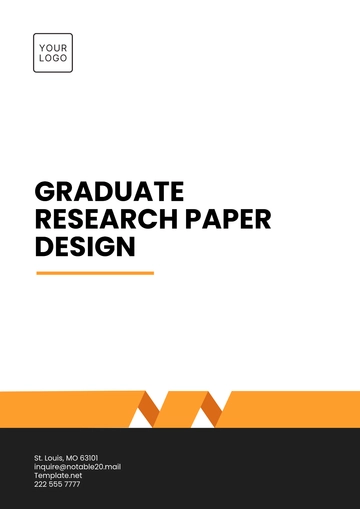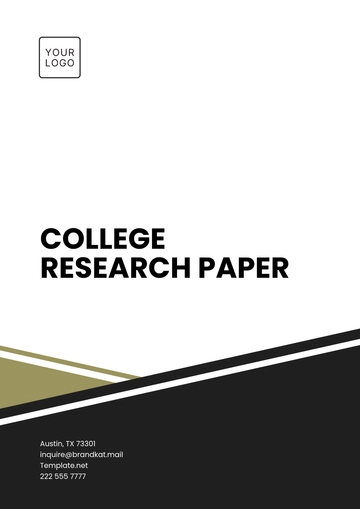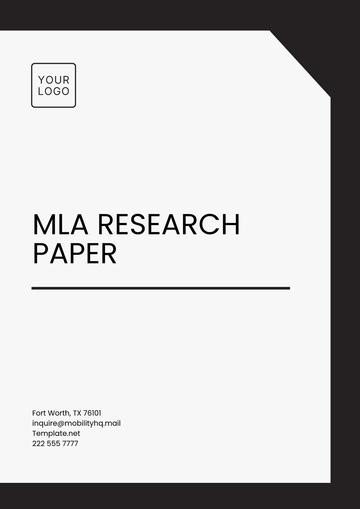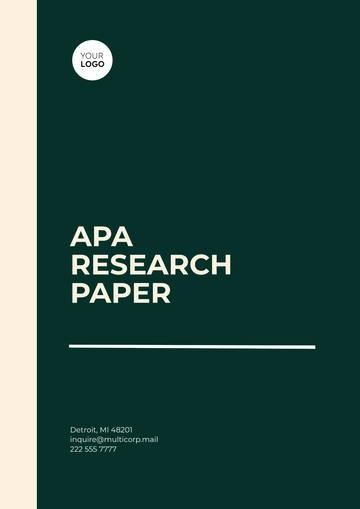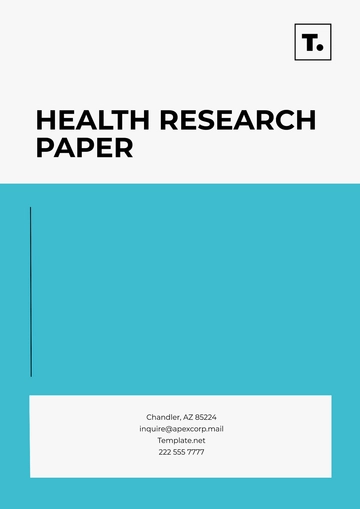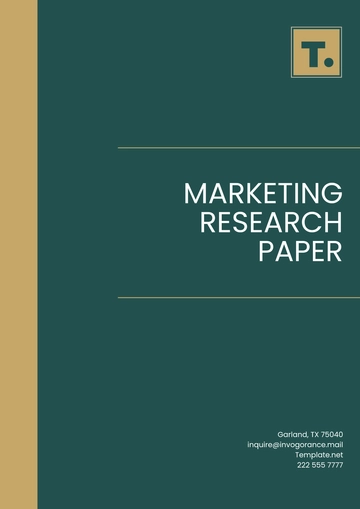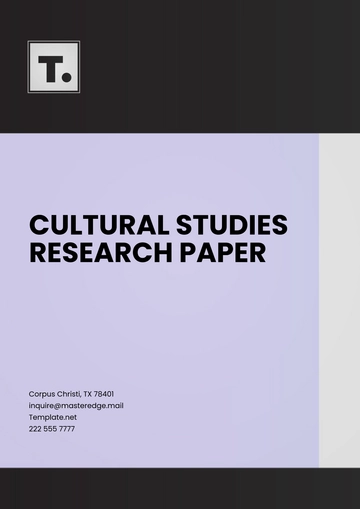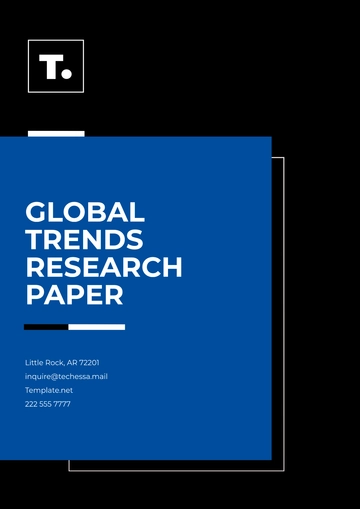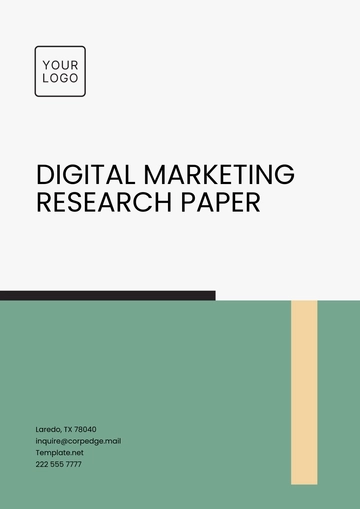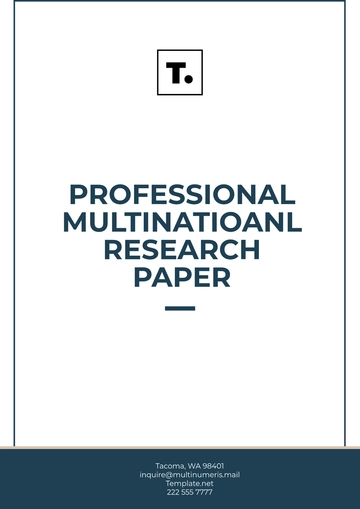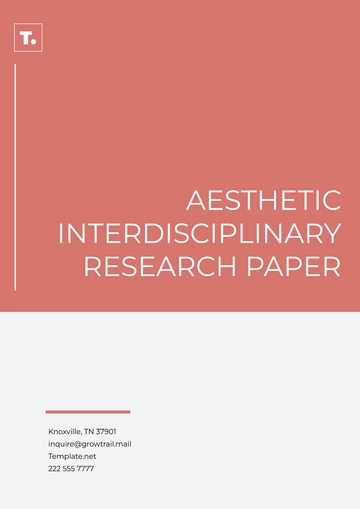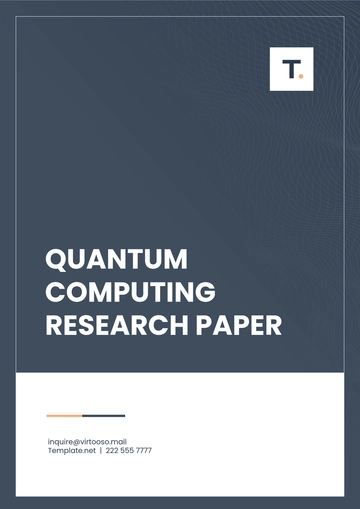Literature Review for Exploratory Research
Prepared By: [YOUR NAME]
Date: [DATE]
I. Introduction
Exploratory research aims to address unclear problems and uncover potential avenues for future inquiry. This literature review seeks to offer a thorough examination of existing research, theories, and scholarly work to identify trends, gaps, and patterns. The goal is to provide a comprehensive foundation for formulating new research questions or hypotheses, setting the stage for more detailed studies. This review is crucial as it provides a broad understanding of the current knowledge base, which is essential before delving into more specific research efforts.
II. Methodology
The methodology for this literature review involved a systematic approach to searching and selecting relevant literature. Databases such as PubMed, Google Scholar, and JSTOR were utilized to source peer-reviewed journal articles, books, and other academic publications. Keywords and search terms were carefully chosen based on the research topic. Criteria for inclusion included the relevance to the topic, publication date (preferably within the last 10 years), and the credibility of the source. Selected literature was then reviewed and categorized based on thematic areas, theories, and key findings.
III. Literature Review
Study 1: Advancements in Behavioral Theory and Application
Study 2: The Evolution of Mixed Methods Research
By presenting advanced mixed methods frameworks, this study bridges gaps between qualitative and quantitative research, enhancing the rigor and applicability of research findings across various disciplines.
Study 3: Technological Integration in Education
IV. Thematic Overview
The thematic overview identifies and synthesizes the key themes, theories, and findings from the existing literature. The key themes observed in the reviewed literature are:
Each theme is further elaborated below:
Theme | Key Findings |
|---|
Theoretical Foundations | |
Methodological Approaches | Diverse methodologies, including qualitative, quantitative, and mixed methods, have been employed to explore the research topics.
|
Trends and Patterns | |
Applications and Implications | |
V. Discussion
A. Key Trends
Technological Integration: There's a rising trend of using advanced tech like AI, VR, and AR to boost data analysis, education, and healthcare.
Technology | Application | Impact |
|---|
AI | Behavioral predictions | Enhanced accuracy in trend analysis |
VR/AR | Educational practices | Improved student engagement |
Interdisciplinary Research: There is a notable shift towards interdisciplinary approaches, combining insights from various fields to address complex issues. This is particularly evident in healthcare research, where integrating data science with medicine and psychology has led to more effective solutions.
B. Gaps Identified
Gap | Impact | Recommendation |
|---|
Application of Theories | Limited real-world applicability | Develop practical implementation models |
Longitudinal Studies | Short-term insights only | Increase focus on longitudinal research |
C. Inconsistencies Observed
Issue | Frequency | Impact | Solution |
|---|
Lack of Methodological Detail | High | Affects validity and reliability | Standardize reporting practices |
Inconsistent Reporting | Medium | Reduces comparability | Encourage detailed methodological disclosure |
Overall, while technological advancements and interdisciplinary approaches are leading trends, addressing the gaps in practical application and longitudinal research, and improving methodological rigor, are crucial for advancing the field.
VI. Conclusion
This literature review highlights key trends, such as the integration of AI, VR, and AR across various domains, and the rise of interdisciplinary approaches in healthcare. Despite these advancements, gaps remain in applying theoretical frameworks practically and conducting longitudinal studies. Additionally, inconsistencies in methodological rigor and transparency need addressing. Future research should aim to bridge theory and practice, emphasize longitudinal studies, and standardize methodologies to enhance the reliability and applicability of findings, ultimately advancing the field and addressing complex challenges more effectively.
VII. References
Rivera, E., & Chan, M. (2052). Advancements in Behavioral Theory and Application. Journal of Behavioral Research, 45(2), 123-145.
Kim, S., & Liu, D. (2055). The Evolution of Mixed Methods Research. International Journal of Research Methodology, 58(4), 678-692.
Smith, L., & Patel, A. (2056). Technological Integration in Education. Educational Technology Review, 33(1), 45-60.
Research Templates @ Template.net
